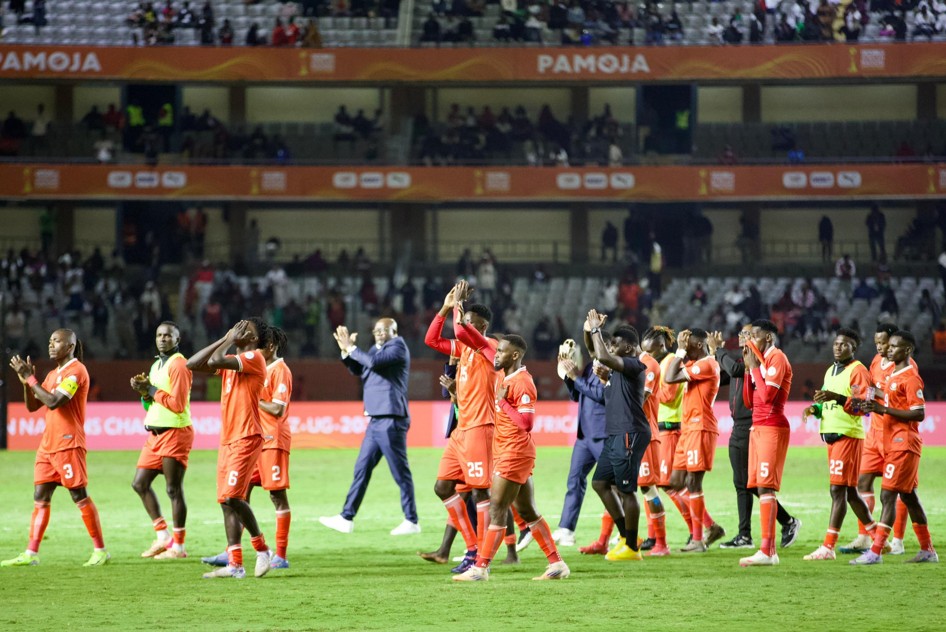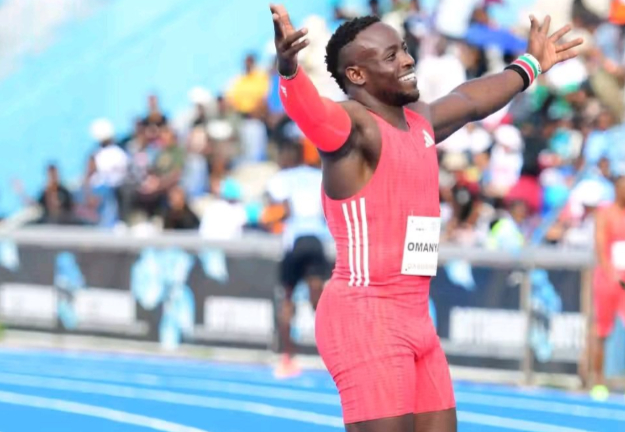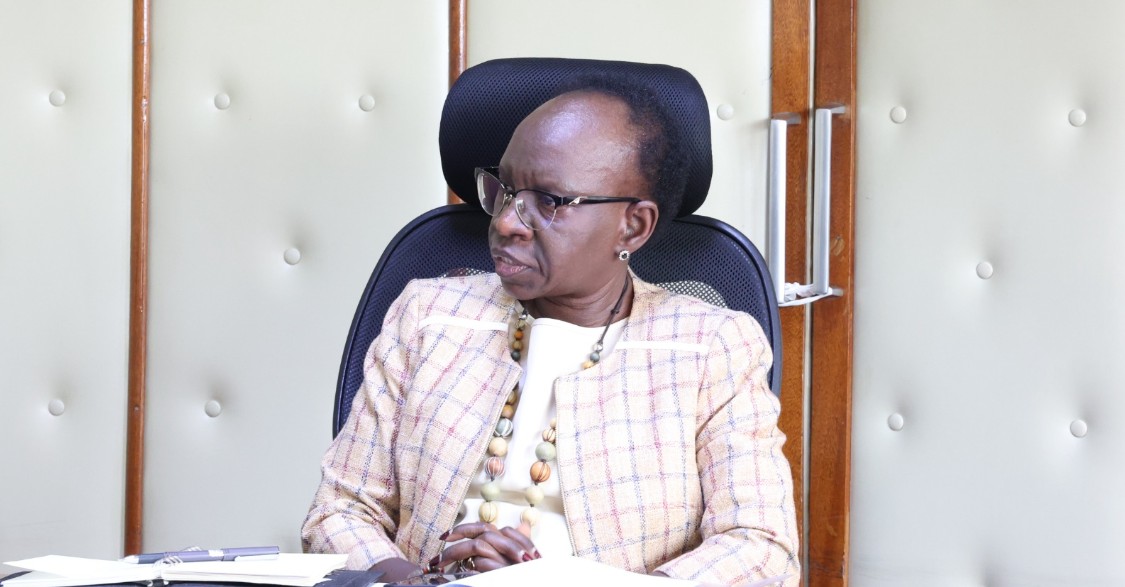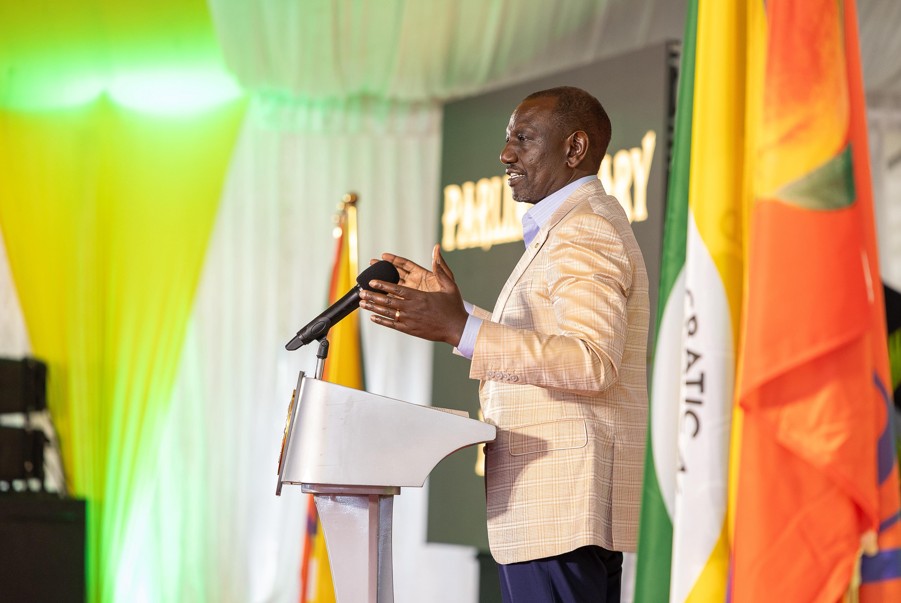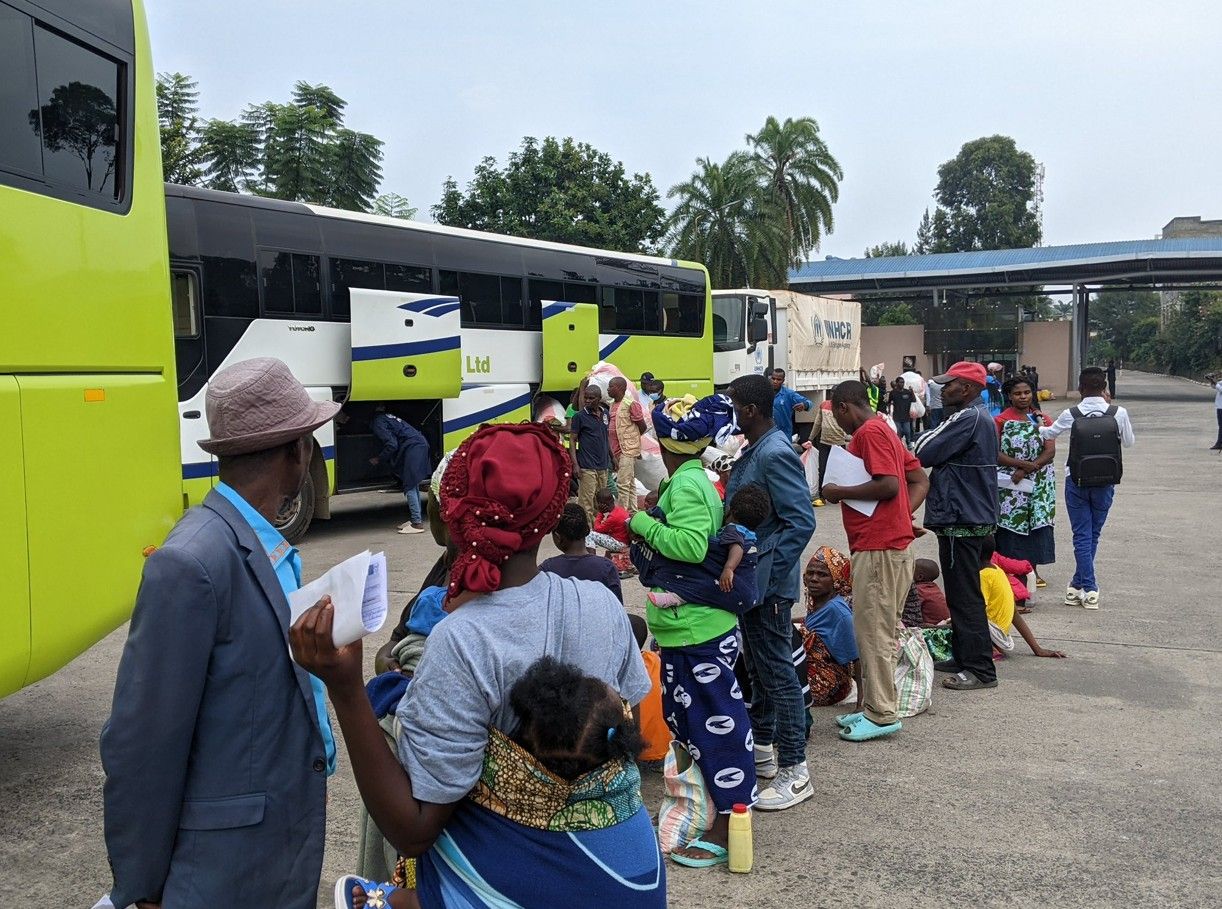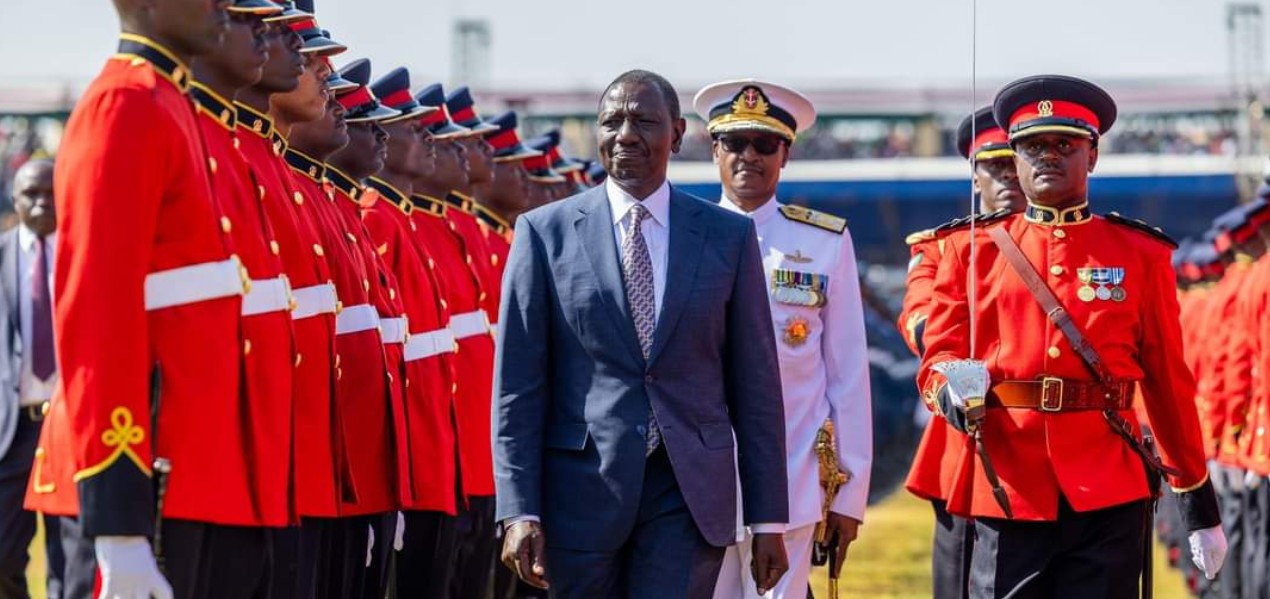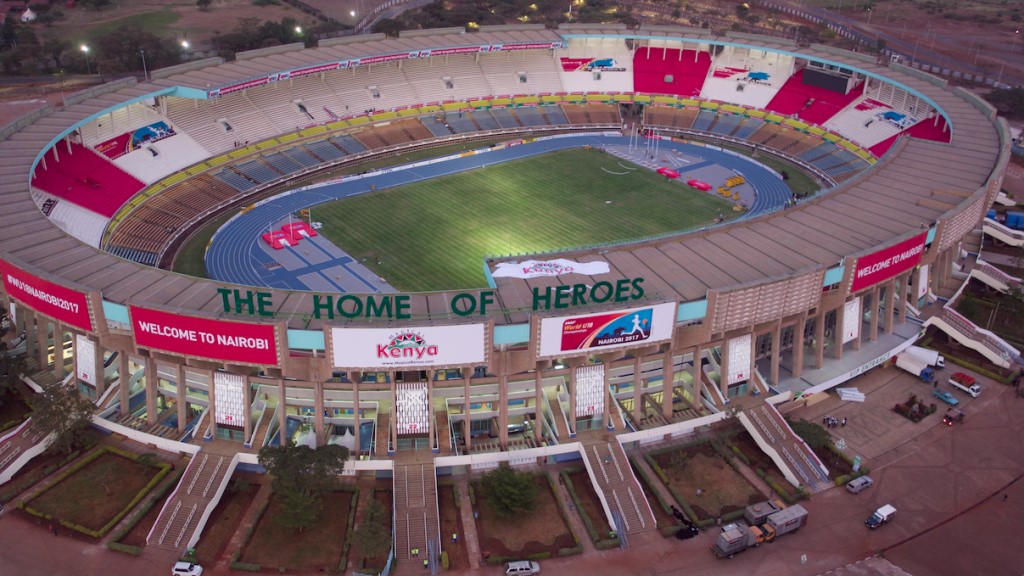AI on the run: Robots join runners in historic Beijing Half marathon
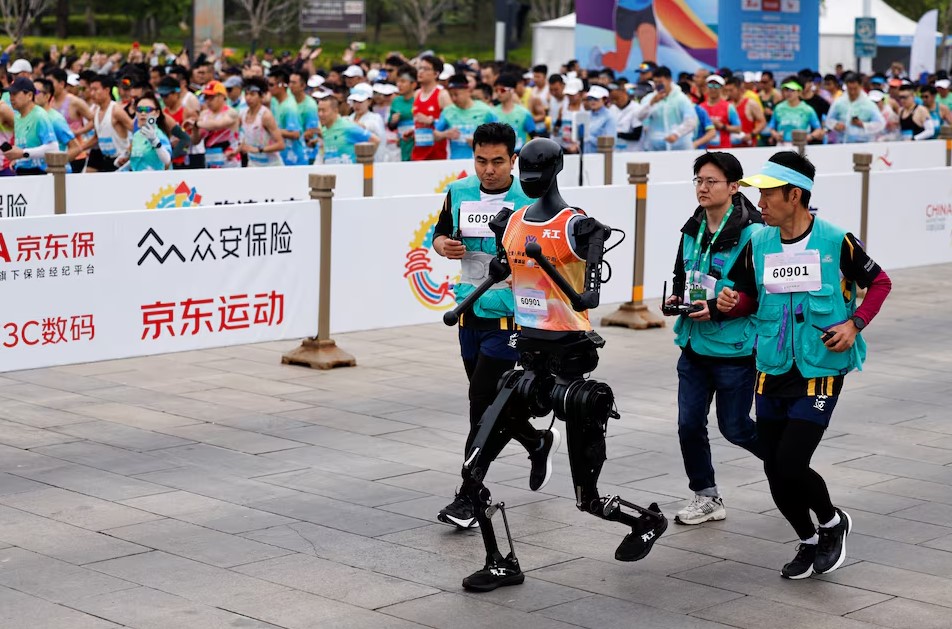
The robots, ranging in shape and height from under 1.2 meters to as tall as 1.8 meters, were designed to mimic human running movements. Some of the robots were equipped with human-like features, including the ability to wink and smile.
For the first time in history, 21 humanoid robots raced alongside thousands of human participants in the Beijing Yizhuang Half-Marathon.
The event, which was held on Saturday at the Economic-Technological Development Area (Beijing E-Town), marked a ground-breaking fusion of robotics and athletics, with robots from companies like DroidVP and Noetix Robotics running the challenging 21km course.
More To Read
- Kenyan half-marathoner Judy Jelagat Kemboi suspended over doping
- Kenyan junior stars fired up for African athletics showpiece in Nigeria
- Rwanda’s Niyonkuru claims half marathon gold as Kenya’s Korir reclaims Kigali marathon crown
- Musk unveils Tesla robots performing household chores in viral demo
- Kenyan and Ethiopian athletes banned for doping violations
- Government pledges ruthless fight against merchants of harmful drugs in athletics
The robots, ranging in shape and height from under 1.2 meters to as tall as 1.8 meters, were designed to mimic human running movements. Some of the robots were equipped with human-like features, including the ability to wink and smile.
One robot wore boxing gloves, while another had a red headband with the words "Bound to Win" written in Chinese. The robots came in different designs and functions, but they were all controlled remotely by engineers and trainers, with some needing physical help during the race.
Even though the robots ran the same distance as the humans, they were placed in separate lanes for security reasons and to ensure smooth operations during the event.
The standout performer of the day was Tiangong Ultra, developed by the Beijing Innovation Centre of Human Robotics, which crossed the finish line in 2 hours and 40 minutes, completing the half-marathon just under half the time of the winning human runner (1 hour 2 minutes).
Elias Desta from Ethiopia secured first place with a time of 1 hour and 2 minutes, followed by Willy Mnangat from Kenya in second place, and third place was claimed by Lemawork Ketema, also from Ethiopia.
The robot’s performance was boosted by its long legs, and the centre’s chief technology officer, Tang Jian, expressed pride in Tiangong Ultra’s performance.
"I don’t want to boast, but no other robotics firms in the West have matched Tiangong’s sporting achievements," he said, noting that the robot’s batteries had to be switched three times during the race.
While Tiangong Ultra finished strong, other robots faced technical difficulties. One robot stumbled at the starting line and lay flat for a few minutes before continuing, while another crashed into a railing, causing its operator to fall.
Despite these setbacks, the event was hailed as a major milestone in robotics, drawing comparisons to motor racing due to the technical support and engineering teams required.
Spectators were in awe of the robots’ abilities, with some commenting on the event’s significance in the evolution of artificial intelligence.
"The robots are running very well, very stable … I feel I’m witnessing the evolution of robots and AI," said He Sishu, an AI expert who attended the race and spoke to Reuters.
Although China has seen humanoid robots in marathons over the past year, this event was the first time the machines ran alongside human athletes.
As technology continues to advance, the event raises questions about the future of robotics in athletics. Could we one day see robots competing on an equal footing with humans?
While Tiangong Ultra and its fellow machines were a marvel to witness, the dominance of human athletes, like the Kenyan and Ethiopian runners, reminded everyone that the human spirit of competition remains unmatched, for now.
Top Stories Today

